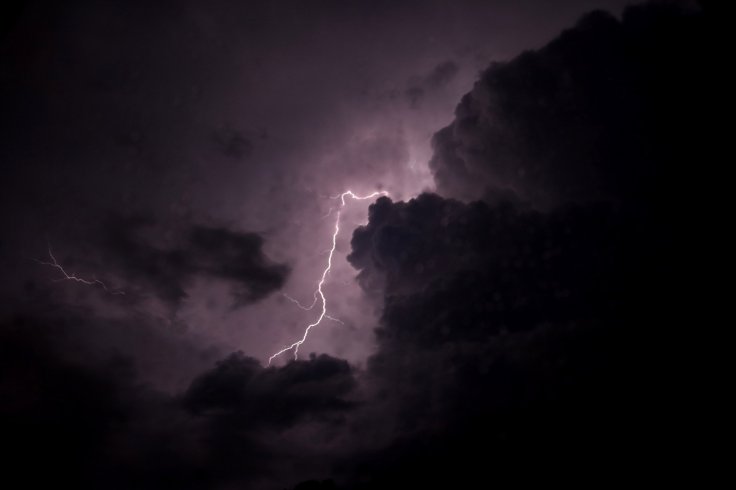
New research forecasts a 15 percent drop in the average number of lightning flashes worldwide by the turn of this century if global temperatures are in the top range of forecasts.
The results, published in the journal Nature Climate Change, account for a five degree Celsius rise in global average temperatures by the year 2100.
"This research expands our current knowledge of climate change impacts on lightning and suggests that in a warmer world, the incidence of lightning is likely to decrease," said Professor Ruth Doherty of University of Edinburgh in Britain.
Scientists estimate there are 1.4 billion lightning flashes each year around the world.
A drop in the incidence of lightning strikes could impact on the frequency of wildfires, especially in tropical regions.
It could also lower the incidence of lightning strikes to infrastructure and affect how greenhouse gases in the atmosphere contribute to climate change.
For the study, the scientists used a newly-devised method to calculate the likely incidence of lightning flashes from storm clouds.
Unlike traditional calculations of lightning flashes at the global scale, which are based on the height of clouds, their approach takes into account the movement of tiny ice particles that form and move within clouds.
Electrical charges build up in these ice particles, and in cold water droplets and soft hail formed inside clouds.
These are discharged during storms, giving rise to lightning flashes and thunder.
The new study shows that on average lightning flashes are less likely in future, in contrast to previous studies.
"These results suggest that lightning schemes more closely related to cloud ice and microphysical processes are needed to robustly estimate future changes in lightning and atmospheric composition," the study said.
Source: IANS









